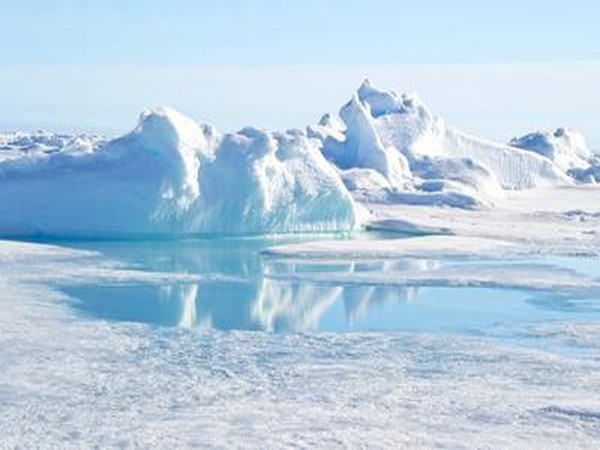
Swiss glaciers suffer fourth-largest shrinkage since 1950
Oct 02, 2025
Geneva [Switzerland], October 2: The reduction in the size of Swiss glaciers continued unabated this year, as a glacier monitoring network reported on Wednesday the fourth-largest loss of volume since measurements were first recorded in 1950.
Glacier Monitoring in Switzerland (GLAMOS) said glacier volume decreased this year by 3%, equivalent to 1.4 cubic kilometres or 1.4 billion cubic metres.
GLAMOS said the glacier losses were driven by heatwaves in June and August, following a 2024-2025 winter with minimal snowfall.
Dramatic loss over the past decade The situation is even more alarming when viewed over the past 10 years, which saw a 25% reduction in the ice mass.
This development increases risks in mountainous regions, warned GLAMOS director Matthias Huss.
"The steadily shrinking glaciers contribute to the destabilization of the mountains. This can lead to events like the one in the Lotschental valley, where a rock-ice avalanche buried the village of Blatten in May," he said.
As glaciers melt, the underlying rock is exposed, and debris and boulders can become dislodged. When the sun heats the rock, the previously permanently frozen ground thaws, water can collect in cracks, and rocks can then break away.
Decline in meltwater supply Switzerland's freshwater supply from glacier meltwater is also likely to decrease, Huss said. Meltwater is an important component of freshwater in nature, such as in rivers and lakes.
The smaller the glaciers, the less meltwater they produce. Huss said the peak of meltwater discharge has likely already passed.
"The ice surface has already receded so significantly that it is releasing less runoff - even though the ice is melting very rapidly and thinning considerably." Freezing point above 5,000 metres The reduction in snowfall is producing some dramatic numbers for the Swiss Alps.
"By the first half of July, the snow reserves from the winter were already depleted, and the ice masses began melting earlier than almost ever before," the network reported.
In parts of Graubünden, where the upscale ski resort St Moritz is located, snowfall was at its lowest level since records began.
During the August heatwave, the freezing point rose to over 5,000 metres in some areas. At several glaciers, snow disappeared up to the summit regions, such as at the Claridenfirn in the canton of Glarus.
The volume loss was only greater in the years 2022, 2023 and 2003.
More than 1,000 smaller glaciers have already disappeared, including the Pizol Glacier in the canton of St Gallen.
Switzerland now has around 1,400 glaciers remaining.
Source: Qatar Tribune






